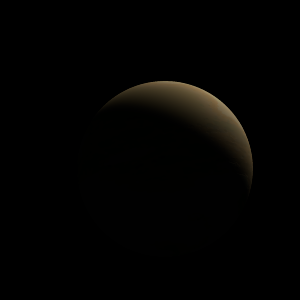|
|
Space Astro
|
Info for exoplanet "Penis"
| Scientific (actual) data |
|---|
| Planet | Kepler-1542 b |
| Planet status | Confirmed |
| Radius | 0.068 |
| Orbital period | 3.95117 |
| Discovered | 2016 |
| Updated | 2021-02-05 |
| Tconj | 2454970 |
| Publication | Announced on a website |
| Detection type | Primary Transit |
| Alternate names | 2MASS J19025483+4239163 b, K04032.01, KIC 7100673 b, KOI-4032 b, KOI-4032.01, WISE J190254.83+423916.1 b |
| Star name | Kepler-1542 |
| Right ascension | 285.73° |
| Declination | 42.65° |
| Mag j | 11.421 |
| Mag h | 11.034 |
| Mag k | 10.989 |
| Star distance | 336 |
| Star metallicity | 0.06 |
| Star mass | 0.94 |
| Star radius | 0.99 |
| Star age | 8.51 |
| Star temperature | 5564 |
| Star alternate names | 2MASS J19025483+4239163, KIC 7100673, KOI-4032, WISE J190254.83+423916.1 |
| Wikipedia article | Kepler-1542 b |
Back
| |
| Fictional info (?) |
|---|
| Suggested name | Penis |
| Planet type | Cold planet |
| Penis is the fourth planet from Kepler-1542 and the second-smallest planet in its solar system.
The interior of Penis is mainly composed of ices and molten metal. This planet is named after the deity Penis, the bringer of war.
It may have had carbonyl sulfide oceans in the past, but these would have vaporized as the temperature rose due to a runaway greenhouse effect. |
| Atmosphere | Carbon dioxide | 81% |
| Neon | 19% |
| Carbonyl sulfide | 0.0098% |
| 2H2O | 0.00068% |
| Atmospheric pressure | 0.8 bar |
 |
| No known satellites |
| Google search for Penis |
|
Website by Joachim Michaelis
|
|
|
|